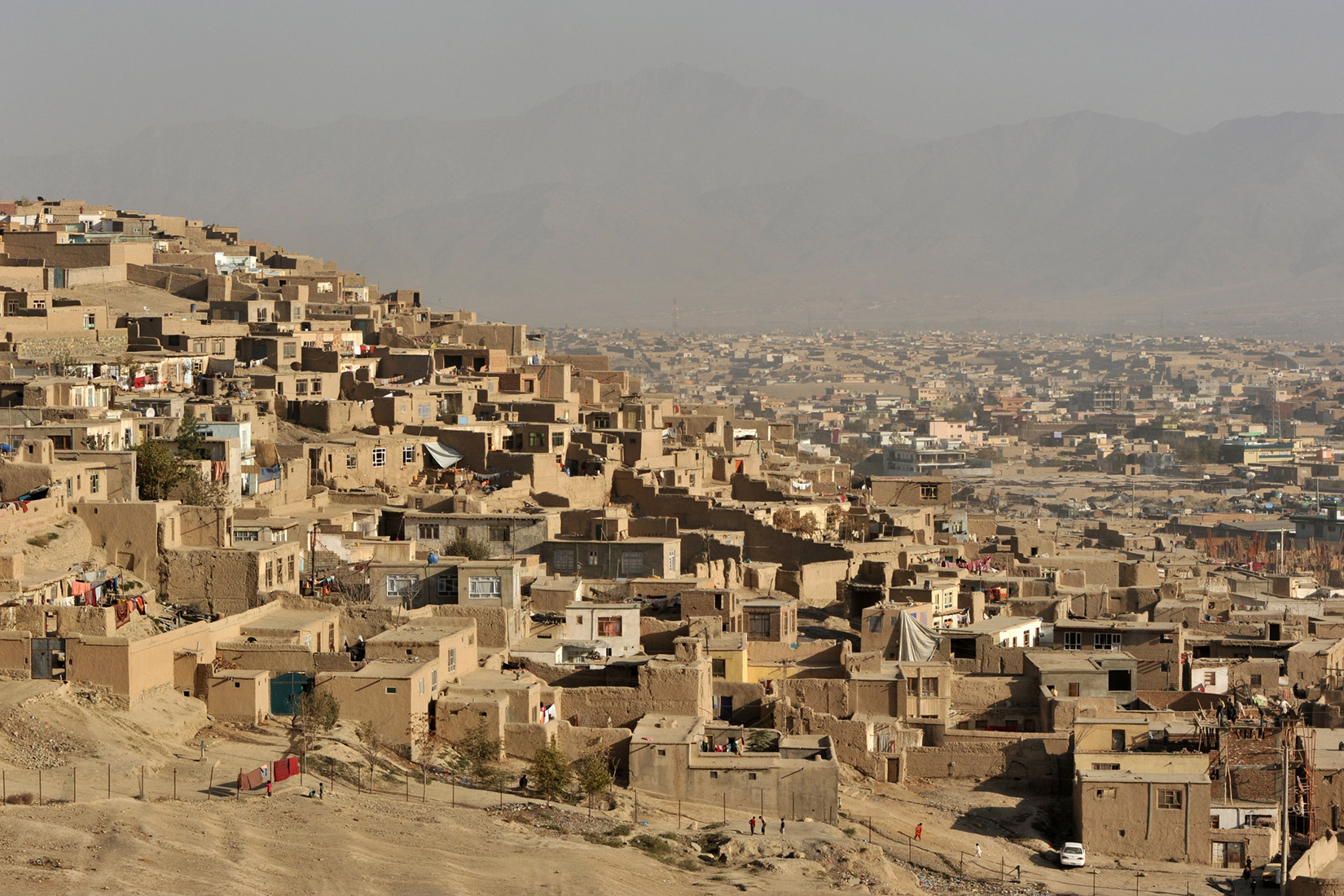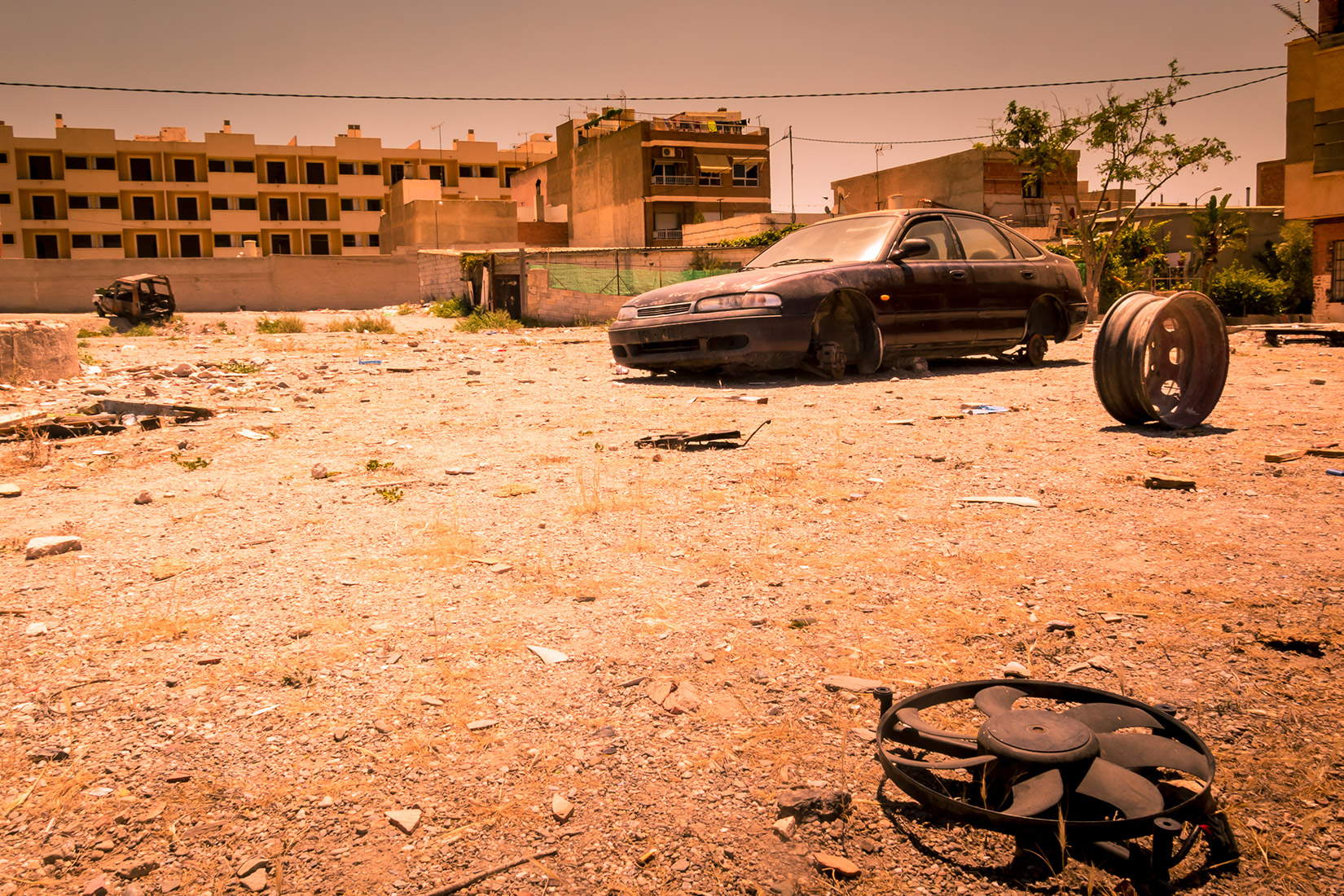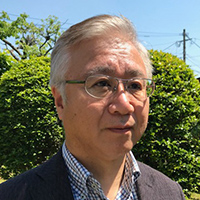The security situation in Afghanistan remains highly volatile despite massive military, economic, and social assistance from the international community over the past 18 years. Peace talks between Washington and the Taliban recently broke down, and fighting between the Taliban and Afghan troops is likely to persist. Promoting peace and stability in the country should ideally be based on initiatives that protect lives and livelihoods and have people’s active support. This was the policy clearly articulated by the Barack Obama administration and NATO in 2009, but the Donald Trump administration appears to be pursuing an altogether different path. In the following, I will examine the challenges Afghanistan faces going forward and explore approaches that deserve greater consideration by the international community.

Worsening Security Situation
A terrorist blast at a wedding ceremony in the Afghan capital of Kabul on August 17 killed 63 and wounded 182[1]. The security situation in the country is clearly deteriorating, and the government has been unable to control the situation. The Afghan National Defense and Security Forces, which have suffered heavy casualties in their fight against the Taliban and other antigovernment forces, are understaffed and operating with only around 300,000 personnel, significantly below the authorized strength of 350,000[2]. Some report that the Taliban is better equipped than government forces[3].
Coming under attack from the Taliban and insurgent groups like Islamic State Khorasan are not just government facilities but also private-sector targets. The number of civilian deaths in Afghanistan has exceeded 10,000 each year since 2014[4], and violence shot up this year as groups tried to undermine the presidential election of September 28[5].

Abrupt End to Peace Talks
The United States is deeply engaged in the country’s peace process and still has 14,000 troops stationed there. US negotiators met for nine rounds of talks with the Taliban in Doha, Qatar, and hammered out a basic agreement, raising prospects of a US withdrawal[6]. Expectations came to an abrupt end, however, when US President Donald Trump called the peace talks off. The decision has been harshly criticized by the Taliban, which, along with groups like Islamic State Khorasan, is expected to continue and escalate its violence.
The agreement worked out in Doha called for the withdrawal of the 14,000 US troops over a period of 16 months. The United States would pull 5,400 troops out during the first 135 days, in return for assurances from the Taliban that it would refrain from launching attacks against Americans[7]. A complete withdrawal would have harmed US strategy in the region, though, severely weakening US pressure on Iran—which believes the US forces are trying to encircle it—by creating a vacuum in military presence along Iran’s eastern border.
The breakdown in US-Taliban talks will no doubt mean the perpetuation and escalation of conflict between US-backed Afghan forces and insurgent groups like the Taliban.
What Peace and Stability Require
These series of events suggest that Washington’s Afghanistan policy of protecting local residents’ lives and livelihoods and winning popular support—as outlined during the Obama administration—has now been overturned. This may not be surprising, given Trump’s penchant for reversing whatever Obama had initiated, but it could also be self-defeating. Trump badly wants to end the war in Afghanistan and bring American troops home. But this will remain elusive until ways are found to restore peace and stability in the country.
Obama’s efforts to win popular support in Afghanistan through civilian assistance were initiated in 2009, when he announced a comprehensive package of military and economic measures to protect people’s lives and livelihoods. He called for the temporary deployment of additional troops to target the insurgency and train the 350,000-strong Afghan security forces, creating the conditions for the United States to transfer security responsibility to the Afghans. He also announced the dispatch of Provincial Reconstruction Teams to areas around the country to empower local authorities and facilitate reconstruction.
The Afghan National Defense and Security Forces have been unable to quell the insurgency, however, resulting in declining morale and a high rate of attrition. Naturally, little progress has been made in the country’s reconstruction.
The everyday lives of the people of Afghanistan are again being neglected. There is a need for both international society and the Afghan government to revisit the comprehensive program for peace and stability that was outlined by the Obama administration and NATO.
What Civilian Aid Should Look Like
When thinking about the kind of assistance Afghanistan truly needs, the project undertaken in the Gamberi Desert in the eastern Afghan province of Nangarhar offers valuable clues. What was once parched, barren land is now 16,500 hectares of arable farmland supporting a community of 650,000, thanks to an irrigation canal built with support from Japanese NGO Peshawar-kai[8].
The project was not without incident, as Peshawar-kai member Kazuya Ito was abducted and killed by terrorists in August 2008, but the area has been free of terrorist attacks since the 25.5-kilometer canal was completed in 2010. The canal is maintained by local residents, who till the land and protect the community from violent attacks. With access to food, water, and a means of earning a living, the district has emerged as a sanctuary of peace, unaffected by the expanding conflict between government and insurgent forces.

The support provided by Peshawar-kai in building the canal drew heavily on the technical knowledge and physical labor of local residents, who were also given training in local farming techniques. Agricultural standards were further enhanced after JICA (Japan International Cooperation Agency) began offering assistance in 2010, helping stabilize the lives and livelihoods of the Gamberi region’s 650,000 residents[9]. Peshawar-kai also helped renovate existing canals and restore farming activities in the Kama district on the opposing bank of the Kunar River. The regions benefiting from such assistance may still be limited, to be sure, but such efforts are helping restore peace and stability to the country in ways that cannot be achieved militarily. In recognition of his leadership and contributions to the irrigation project, physician Tetsu Nakamura of Peshawar-kai was decorated as an honorary citizen by Afghan President Ashraf Ghani[10].
Peshawar-kai’s success in restoring and preserving peace, stability, self-autonomy, and a farming industry in the drought-parched Gamberi region offers the rest of the world important lessons on the kind of assistance Afghanistan desperately needs today.
The international community and the Afghan government should actively encourage the kind of assistance provided by Peshawar-kai to empower local communities, and the Japanese government should do everything it can to bring these initiatives to the world’s attention. In addition to the Kabul River, of which the Kunar is a tributary, Afghanistan has four major river systems. Tapping into these water sources through local initiative will surely make a great contribution to the country’s peace and security.
(2019/11/15)
Notes
- 1 “63 Killed as Explosion Turns Kabul Wedding Into Carnage,” The New York Times, August 17, 2019.
- 2 John F. Sopko, “SIGAR’s 43rd Quarterly Report on the Status of Reconstruction in Afghanistan,” Quarterly Report to the United States Congress, April 30, 2019, pp.83–85.
- 3 Conveyed to the author by a local informant on September 8, 2019.
- 4 Ministry of Foreign Affairs of Japan, “Evacuation Advice for All Residents” (in Japanese)(issued October 9, 2018, and still in force as of August 26, 2019).
- 5 “Afghanistan: At least 10 People Killed in Series of Kabul Blasts,” Defense Post, July 25, 2019.
- 6 “Trump Says He’s Called Off Negotiations with Taliban after Afghanistan Bombing,” The New York Times, September 7, 2019.
- 7 Ibid.
- 8 About Peshawar-kai & PMS (Peace Japan Medical Services), Peshawar-kai.
- 9 “Supporting Sustainable Agriculture in Afghanistan,” Japan International Cooperation Agency (JICA) website, February 26, 2019.
- 10 “President Ghani Appreciates Tetsu Nakamura,” Bakhtar News Agency, October 9, 2019.

